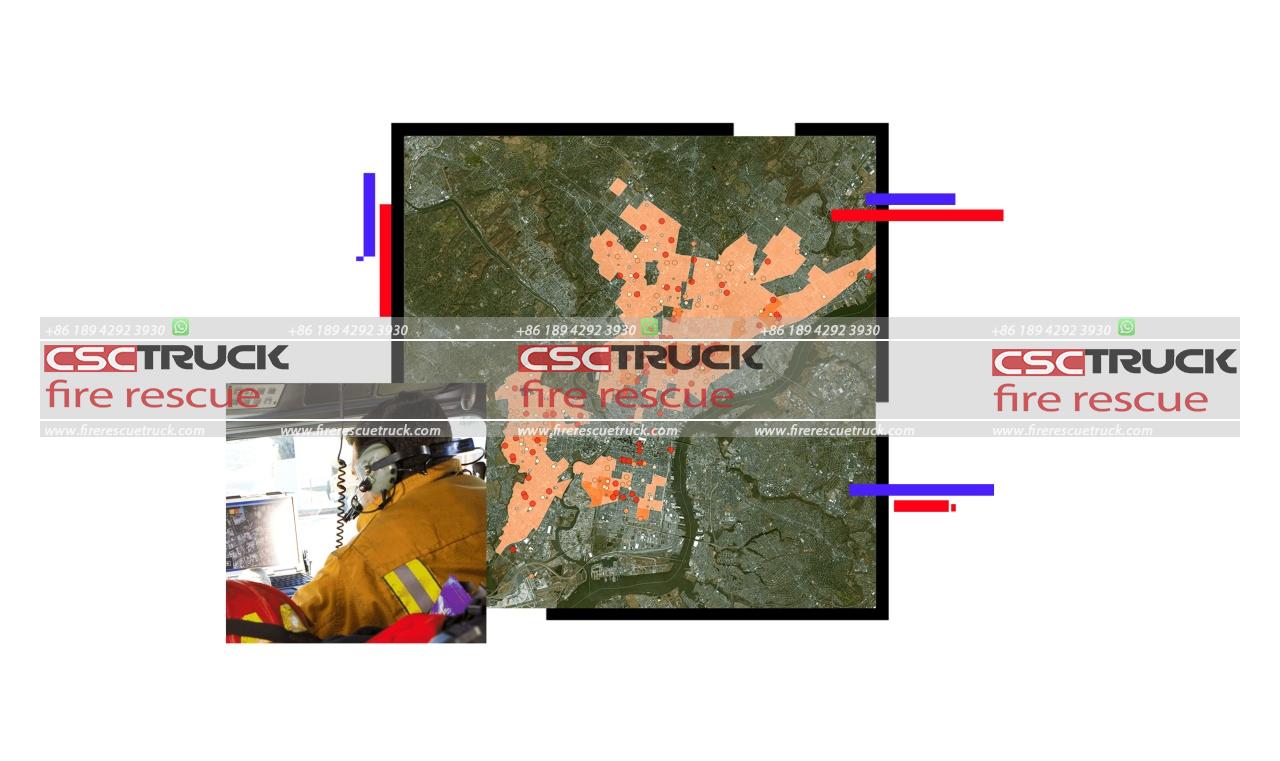Fire trucks are critical components of emergency response teams, providing crucial support in fire suppression, rescue operations, and medical emergencies. These specialized vehicles are equipped with advanced technology and equipment to combat fires and save lives effectively. However, operating a fire truck requires utmost caution and adherence to safety protocols to ensure the well-being of the emergency response team and the communities they serve. In this blog post, we will explore essential tips for fire truck safety that every emergency response team should follow.
Regular Maintenance and Inspections
Maintaining fire trucks in optimal condition is vital for their safe and efficient operation. Regular maintenance and inspections should be conducted according to manufacturer guidelines and industry standards. This includes checking fluid levels, inspecting tires, testing brakes and emergency lights, and ensuring all equipment is in proper working order. Routine maintenance and inspections help identify potential issues before they become major safety hazards.
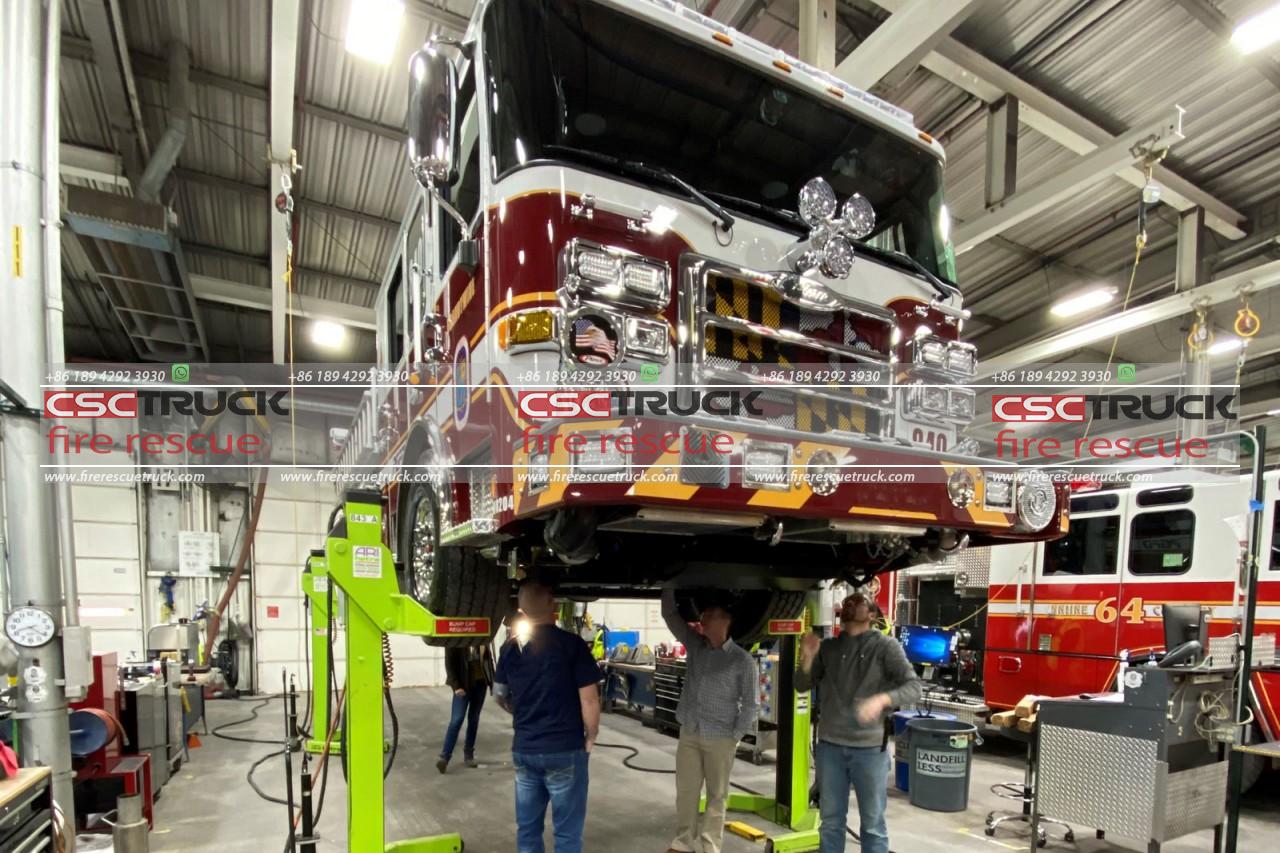
Driver Training and Certification
Fire truck operators should undergo comprehensive driver training and obtain the necessary certifications. Specialized training programs cover safe driving techniques, handling emergencies, and familiarization with the specific features and capabilities of the fire truck. Additionally, operators should have a valid commercial driver’s license (CDL) with appropriate endorsements, adhering to local regulations and requirements. Ongoing training and refresher courses are essential to reinforce safe driving practices.
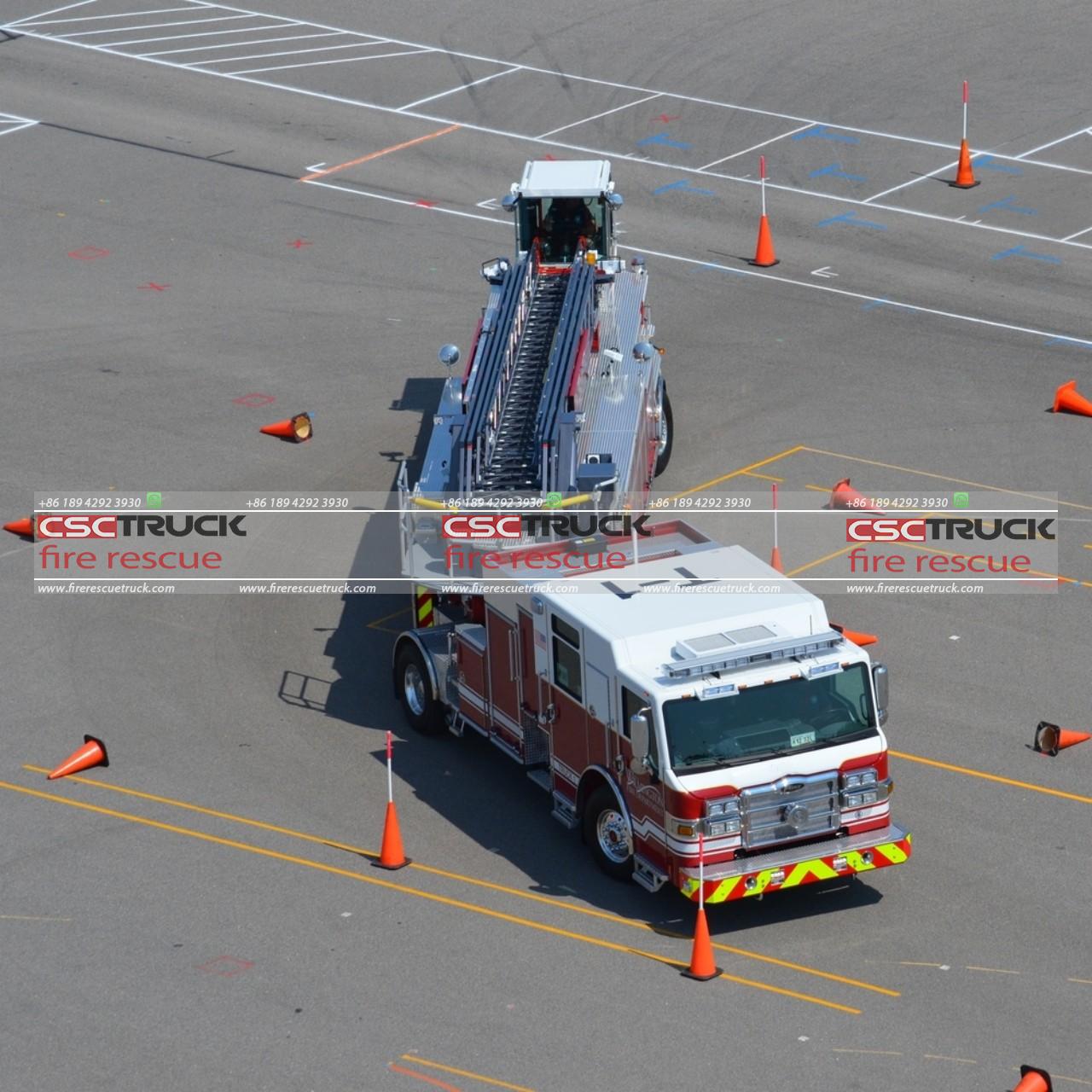
Speed and Traffic Safety
Maintaining an appropriate speed and adhering to traffic safety rules are paramount for fire truck operators. While emergencies require swift response times, operators must prioritize the safety of themselves, their team, and other road users. Fire trucks should only exceed speed limits and run red lights when permitted by law and with caution. Operators should constantly scan their surroundings, use sirens and emergency lights effectively, and communicate with other drivers to ensure safe maneuvering through traffic.
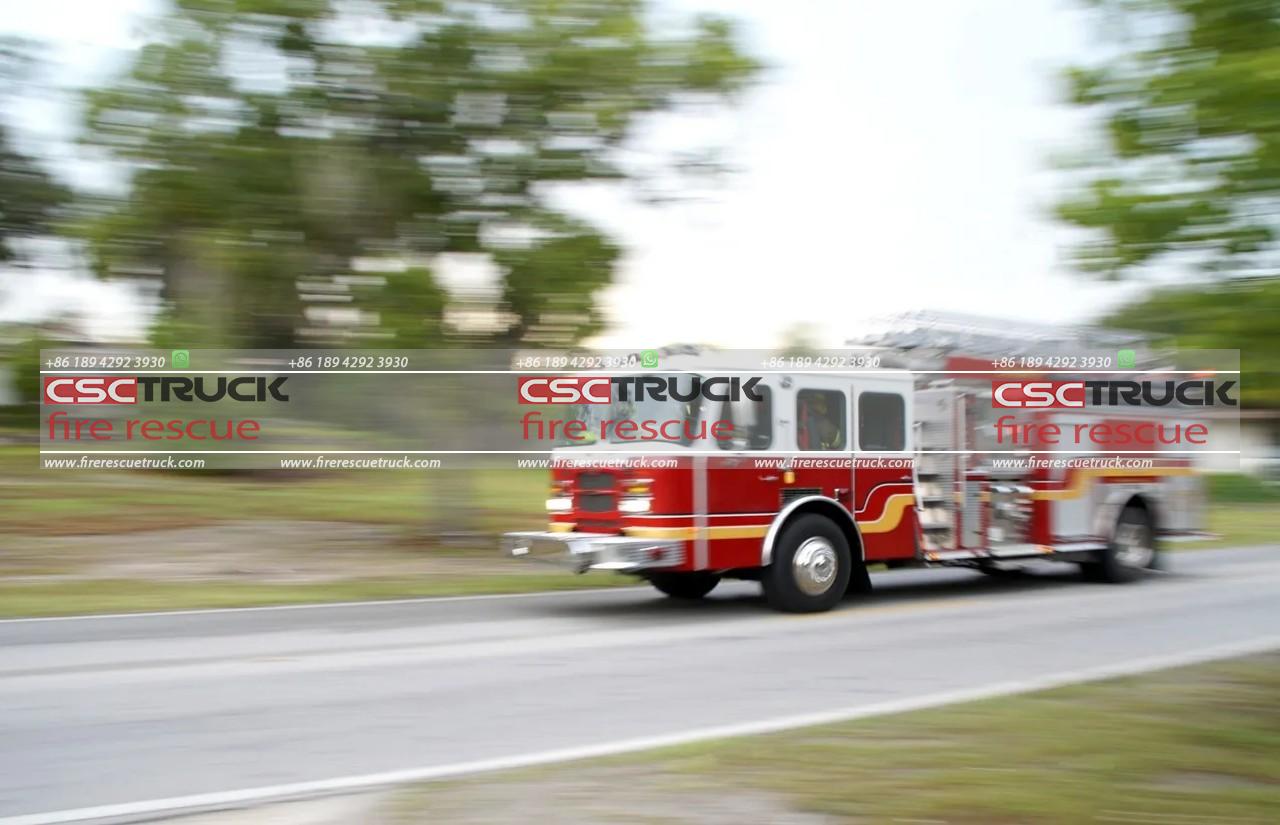
Communication and Coordination
Clear and effective communication among team members is vital during emergency response operations. Fire truck operators must establish and maintain open lines of communication with their team, dispatchers, and other emergency services. This includes utilizing two-way radios, hands-free devices, or other communication tools to relay important information, receive instructions, and coordinate actions. Effective communication minimizes confusion, enhances situational awareness, and promotes overall safety.
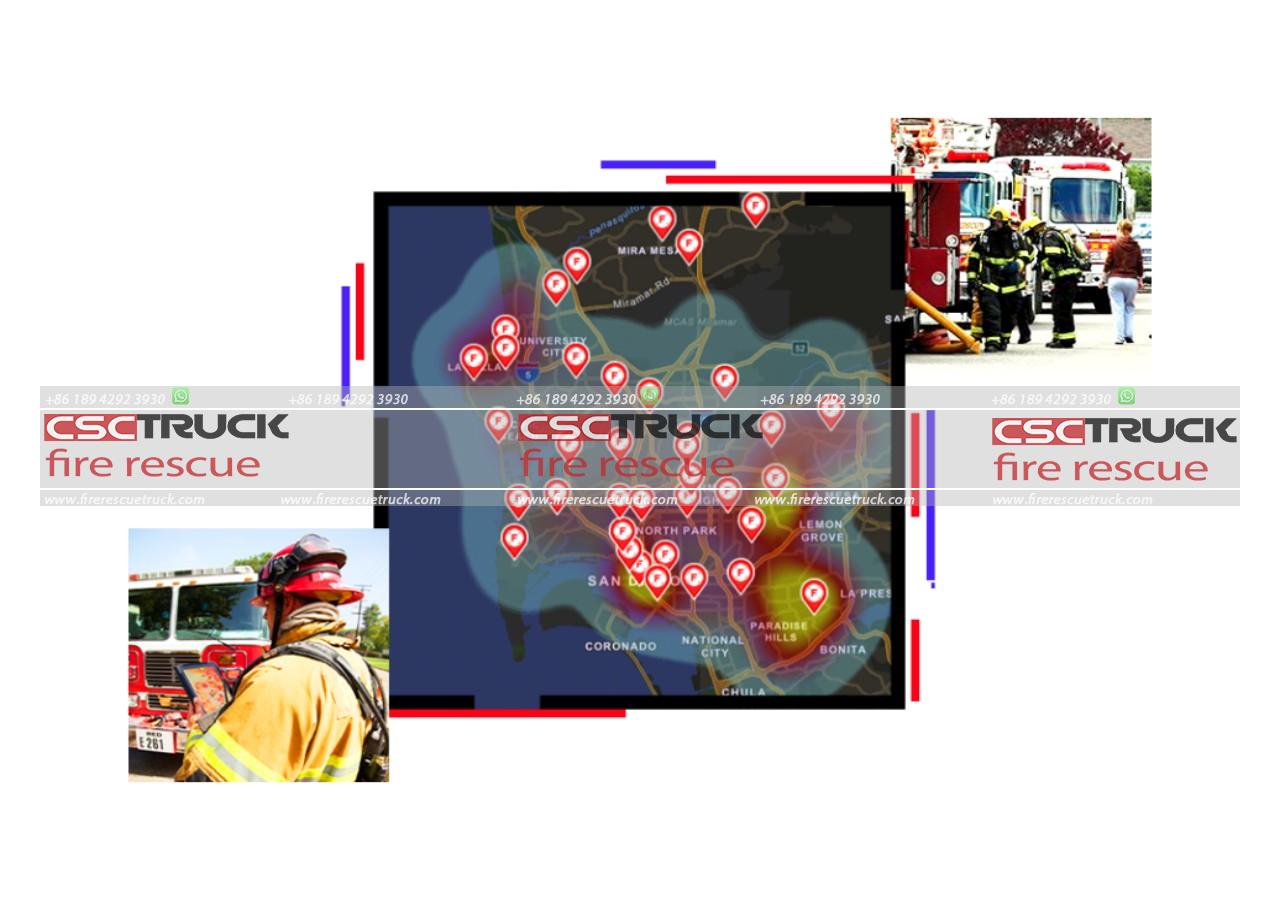
Proper Use of Safety Equipment
Fire trucks are equipped with a wide range of safety equipment and tools. Emergency response teams must be well-versed in the proper use of this equipment. Firefighters and operators should receive comprehensive training on the operation and maintenance of firefighting tools, breathing apparatuses, hydraulic rescue tools, and other specialized equipment. Regular equipment checks and maintenance ensure their readiness for emergencies, minimizing the risk of malfunctions during critical operations.
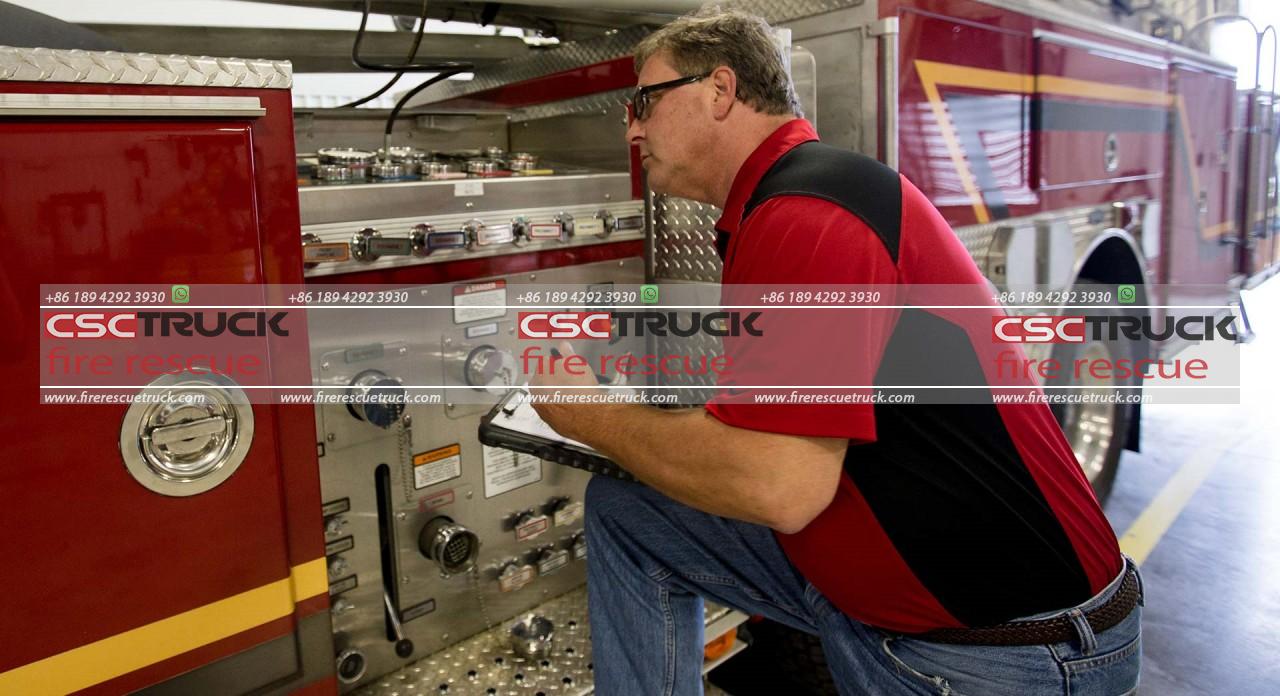
Personal Protective Equipment (PPE)
Wearing appropriate personal protective equipment (PPE) is essential for the safety of emergency response teams. This includes fire-resistant clothing, helmets, gloves, and boots. PPE protects against heat, flames, falling debris, and other hazards encountered during firefighting and rescue operations. Regular inspection and replacement of damaged or worn-out PPE are crucial to maintain its effectiveness.
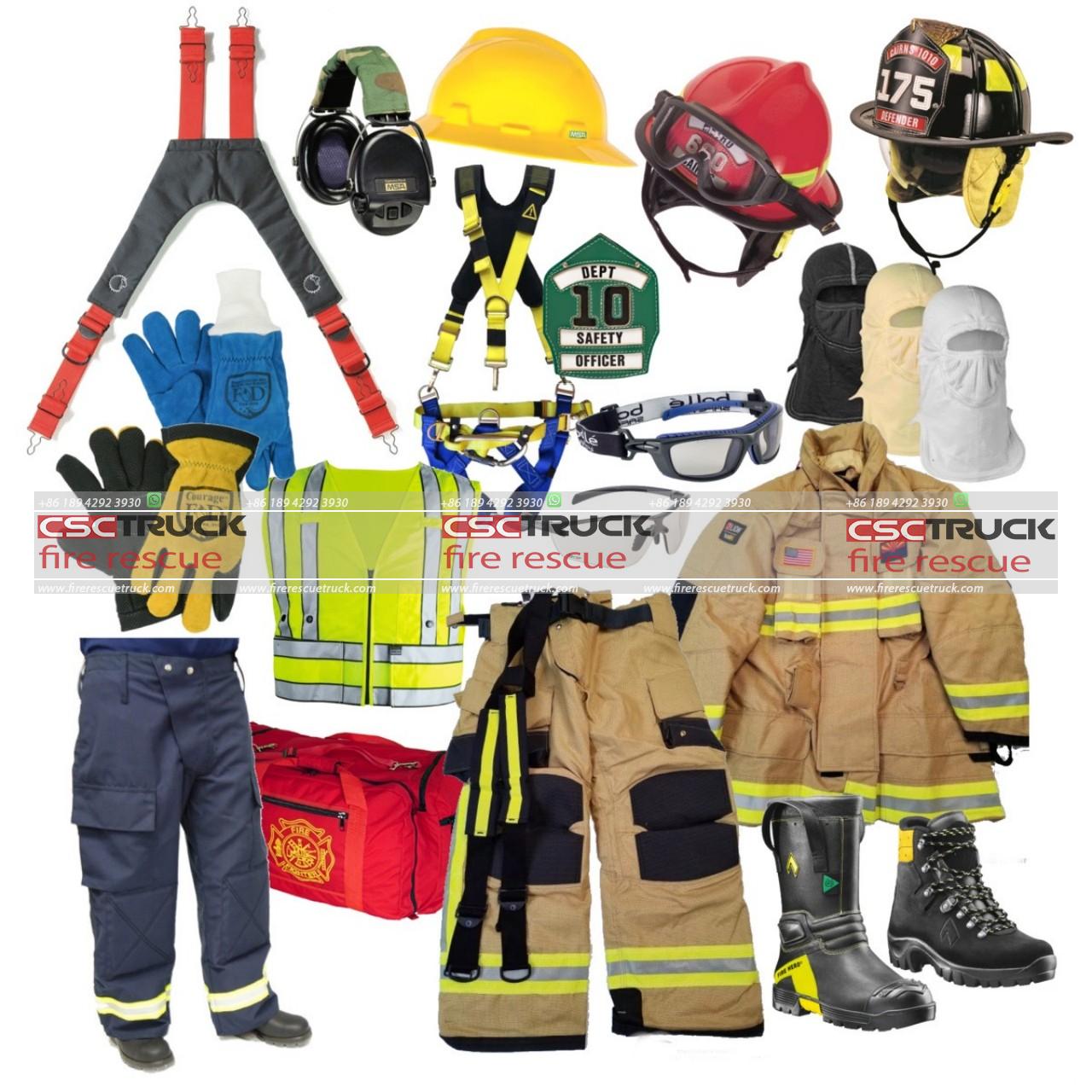
Situational Awareness
Maintaining situational awareness is key to fire truck safety. Operators should be constantly aware of their surroundings, including other emergency vehicles, pedestrians, and potential hazards. Monitoring weather conditions, traffic patterns, and road conditions helps operators make informed decisions and adapt their driving accordingly. Situational awareness allows for timely response to changing circumstances, mitigating potential risks.
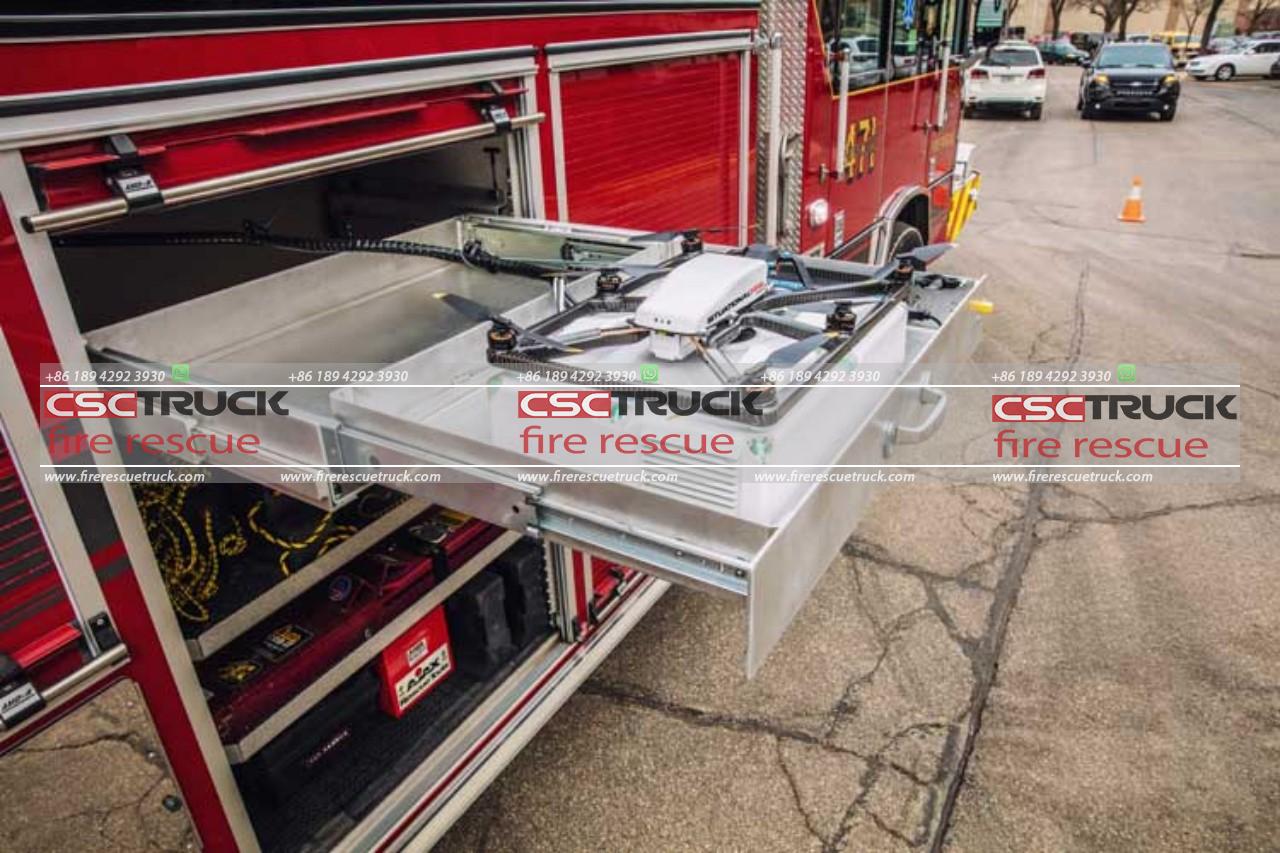
Emergency Scene Safety
When arriving at an emergency scene, fire truck operators should prioritize scene safety. They should park the fire truck at a safe distance from the incident, ensuring adequate space for operations and preventing obstruction of access for other emergency vehicles. Operators should also consider the stability of the ground to avoid potential hazards such as sinkholes or unstable surfaces. They should deploy warning signs, cones, or flares to establish a clear safety perimeter around the scene, preventing unauthorized access and ensuring the safety of personnel and bystanders.
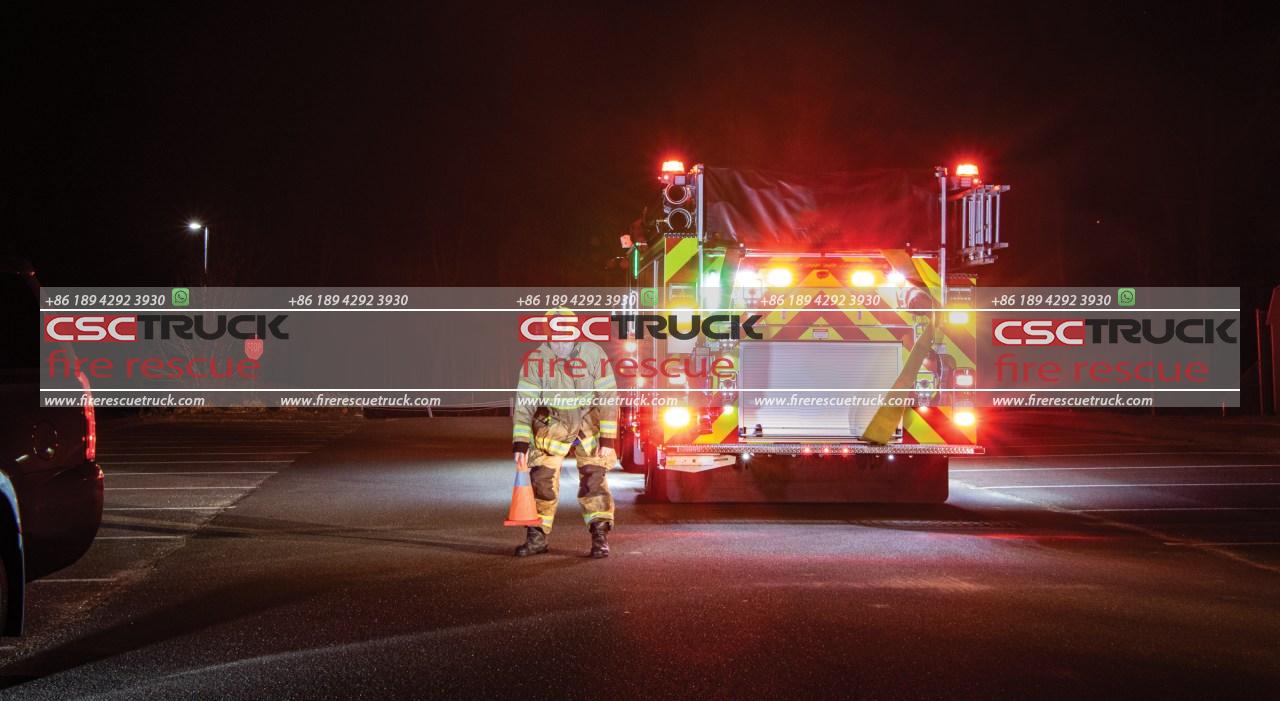
Proper Equipment Storage and Securement
Fire trucks are equipped with an array of tools and equipment necessary for emergency response. Proper storage and securement of equipment are crucial to maintaining a safe working environment inside the truck. Loose items can become projectiles during sudden stops or collisions, posing a significant risk to occupants. Firefighters should ensure that all equipment is securely stowed in designated compartments or racks, minimizing the potential for injuries caused by shifting objects.
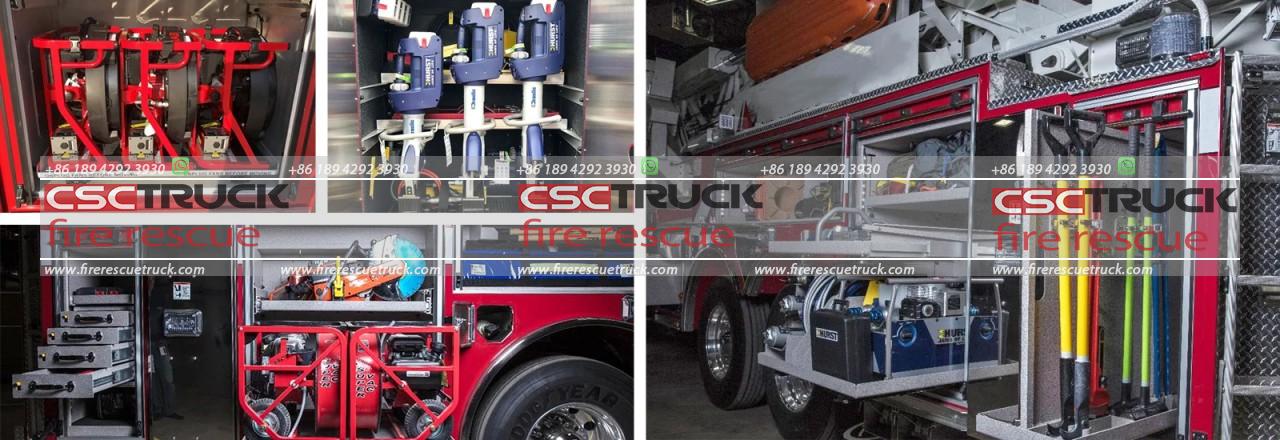
Continuous Training and Professional Development
To ensure ongoing safety and proficiency, continuous training and professional development are essential for fire truck operators and emergency response teams. Staying updated on the latest firefighting techniques, technological advancements, and safety protocols is vital. Attending workshops, seminars, and training sessions offered by recognized firefighting organizations and agencies helps enhance skills, knowledge, and safety practices.
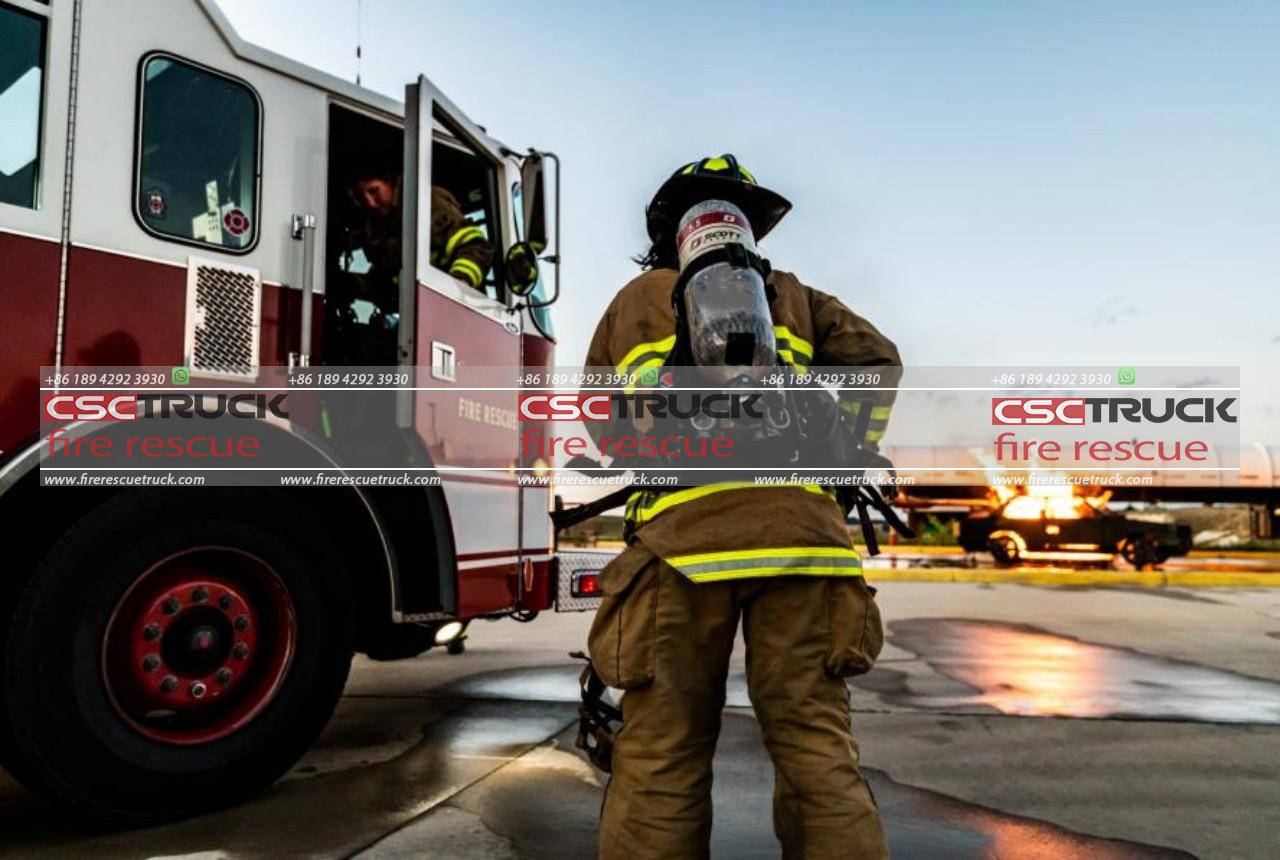
Mental and Physical Well-being
Emergency response work can be physically and emotionally demanding. Fire truck operators should prioritize their mental and physical well-being to perform their duties effectively and safely. Adequate rest, proper nutrition, and regular exercise contribute to maintaining physical fitness and stamina. Access to mental health support services and peer support programs helps address the emotional toll that emergency response work can have.
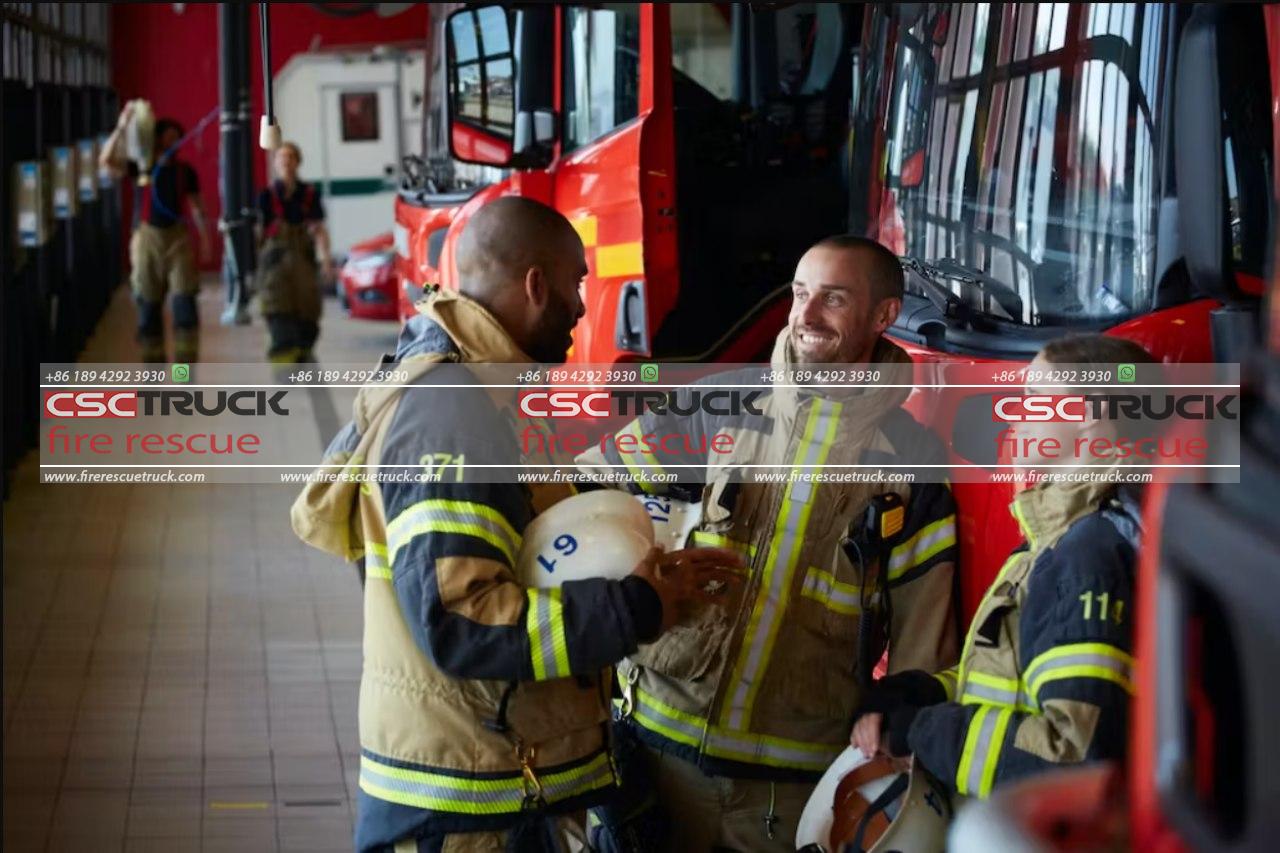
Post-Incident Analysis and Review
After every incident, it is crucial to conduct a thorough post-incident analysis and review. This allows the team to identify strengths, weaknesses, and areas for improvement. Learning from past experiences and near-miss incidents helps enhance safety protocols and prevent future accidents. It also provides an opportunity to recognize the efforts and actions that contributed to successful outcomes.
In conclusion, fire truck safety is of utmost importance for emergency response teams. Following these essential tips, including regular maintenance and inspections, comprehensive driver training, adherence to traffic safety rules, effective communication, proper use of safety equipment, and prioritizing personal well-being, helps ensure the safety of operators and the effectiveness of emergency response operations. By prioritizing safety at all times, emergency response teams can fulfill their critical role in safeguarding communities and saving lives.
Remember, the safety of fire truck operations is a collective responsibility that requires the commitment and vigilance of every team member. Together, we can make a difference and ensure the well-being of emergency responders and the communities they serve. Stay safe, stay prepared, and continue to make a positive impact in the world of emergency response.
